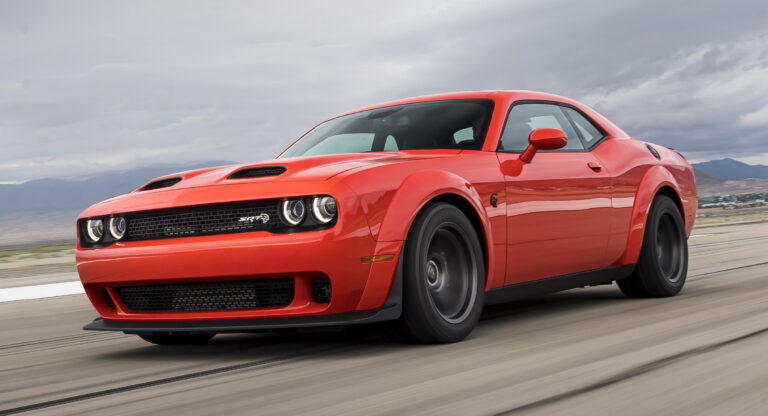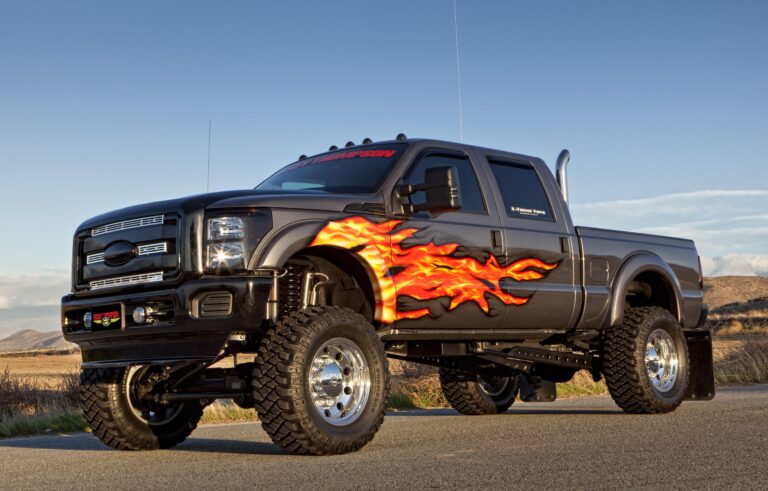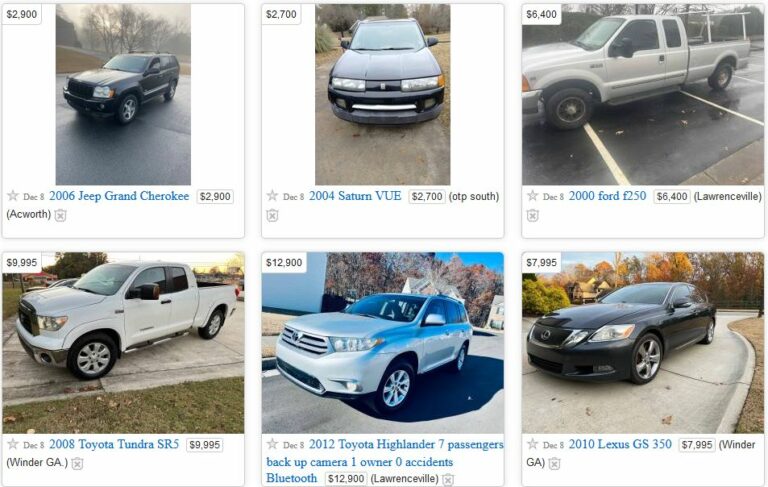The Indispensable Guide: Navigating the Truck Cap Compatibility Chart for a Perfect Fit
The Indispensable Guide: Navigating the Truck Cap Compatibility Chart for a Perfect Fit cars.truckstrend.com
For truck owners, a truck cap – often called a topper or camper shell – is far more than just an accessory; it’s a transformative addition that significantly enhances utility, security, and aesthetics. It converts your open bed into a secure, weather-protected cargo area, an impromptu sleeping space, or a dedicated workspace. However, the success of this transformation hinges entirely on one critical factor: compatibility. This is where the Truck Cap Compatibility Chart becomes an indispensable tool.
A Truck Cap Compatibility Chart is a detailed reference guide provided by truck cap manufacturers and dealers, outlining which specific cap models are designed to fit various truck makes, models, years, and bed lengths. It’s the definitive blueprint that ensures a seamless, watertight, and aesthetically pleasing integration of the cap with your truck. Ignoring this chart is akin to guessing shoe sizes – you might get lucky, but more often than not, you’ll end up with a poor fit, wasted money, and frustration. Understanding and utilizing this chart correctly is the first, most crucial step in making an informed purchase and unlocking the full potential of your pickup truck.
The Indispensable Guide: Navigating the Truck Cap Compatibility Chart for a Perfect Fit
Understanding the Basics of Truck Cap Compatibility
The notion of a "one-size-fits-all" truck cap is a myth. While many pickup trucks might appear similar at a glance, the subtle (and sometimes not-so-subtle) differences in their bed dimensions, rail designs, cab contours, and tailgate configurations mean that a cap designed for one specific truck model often won’t fit another, even within the same manufacturer’s lineup.
The primary factors that dictate truck cap compatibility include:
- Truck Bed Length: This is perhaps the most obvious variable. Truck beds come in various standard lengths, typically referred to as short bed (e.g., 5.5 ft), standard/regular bed (e.g., 6.5 ft), and long bed (e.g., 8 ft). A cap designed for an 8-foot bed will clearly not fit a 5.5-foot bed.
- Truck Bed Width: While less varied than length, bed widths can differ between manufacturers and even models. The cap’s base rails must align perfectly with the truck bed rails to ensure a secure clamp and a watertight seal.
- Cab Style and Height: The contour of the cap’s front must match the curvature and height of your truck’s cab. This ensures not only an aesthetic flow but also proper aerodynamic performance and prevents issues with cab clearance.
- Year of Manufacture: This is critical. Truck manufacturers frequently update their body styles, even for the same model, every few years. A Ford F-150 from 2010 might have vastly different bed dimensions and rail designs compared to an F-150 from 2018, rendering caps non-interchangeable between those generations.
- Manufacturer-Specific Details: Beyond generic dimensions, unique features like the integrated storage bins of a RamBox, the multi-position tailgate of a GMC Sierra or Chevrolet Silverado, or the utility track systems (e.g., Toyota Deck Rail System, Nissan Utili-track) require specific cap designs or mounting hardware for proper installation.
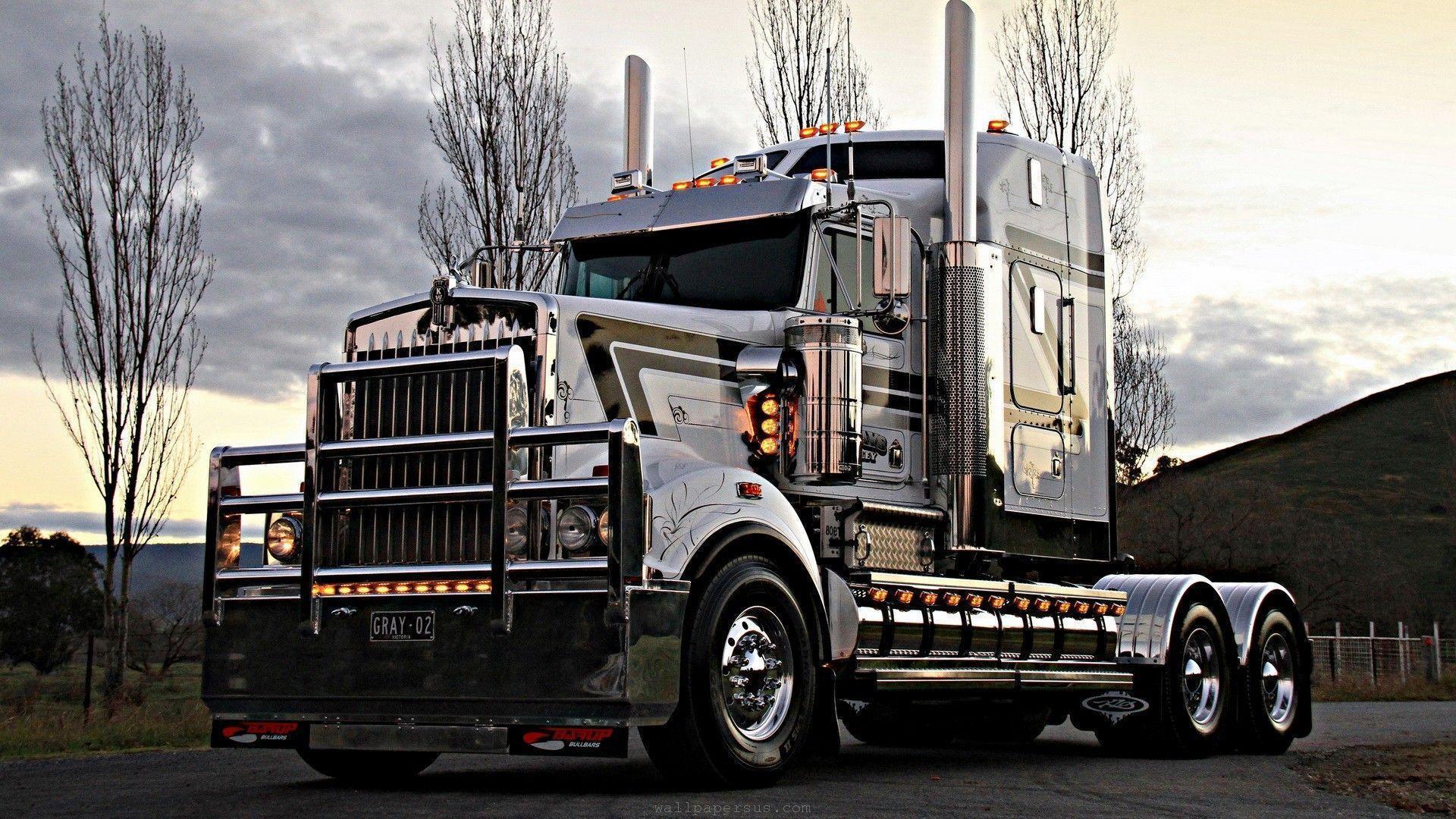
These intricate variations necessitate the existence of comprehensive compatibility charts, meticulously crafted by cap manufacturers to ensure a precise and secure fit for every vehicle.
The Core Elements of a Truck Cap Compatibility Chart
A typical Truck Cap Compatibility Chart is structured to allow quick and accurate identification of the correct cap for a specific truck. While formats may vary slightly between manufacturers (like ARE, Leer, Snugtop, etc.), the core information remains consistent:
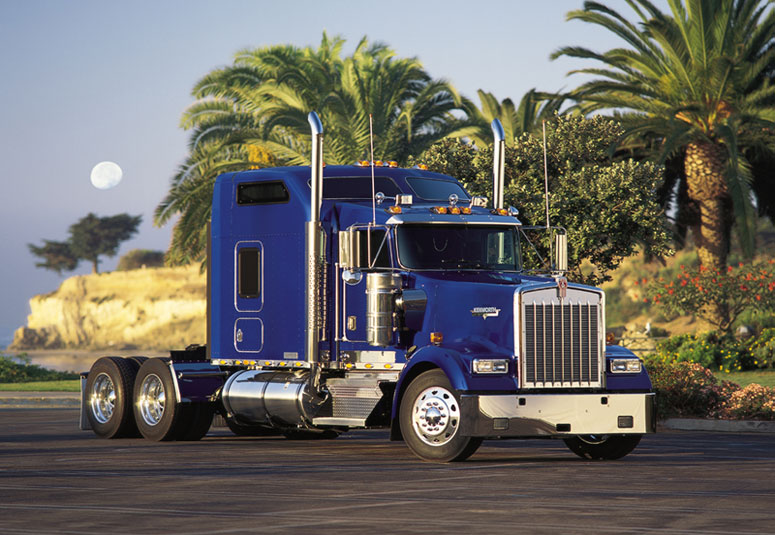
- Truck Make: The brand of your truck (e.g., Ford, Chevrolet, Ram, Toyota, Nissan, GMC, Honda).
- Truck Model: The specific model name (e.g., F-150, Silverado 1500, Ram 1500, Tacoma, Frontier, Sierra 1500, Ridgeline).
- Model Year Range: A crucial column indicating the production years for which a particular cap model is compatible (e.g., 2004-2008, 2009-2014, 2015-Current). This accounts for body style changes.
- Bed Length (Nominal): The common designation for your truck’s bed length (e.g., 5.5 ft, 6.5 ft, 8 ft). Some charts might also include precise measured lengths for verification.
- Cab Style: Sometimes indicated, especially for older models where different cab configurations (Regular Cab, Extended Cab, Crew Cab) might have slightly different bed dimensions or rail designs even for the same nominal bed length.
- Compatible Cap Model/Series: The specific series or part number of the truck cap designed to fit that particular truck configuration (e.g., Leer 100R, ARE CX Series, Snugtop Rebel).
- Special Notes/Considerations: This is a vital section that highlights any unique requirements or limitations. For instance, it might specify "Requires RamBox compatible cap" or "Not compatible with multi-pro tailgate" or "Requires utility track mounting kit."

Manufacturers invest significant resources in engineering and testing to ensure their caps fit perfectly. They use precise digital scans of truck beds and cabs to design caps that match contours, account for tailgate designs, and provide optimal weather sealing and security. This detailed design work is then encapsulated within their compatibility charts.
How to Use a Truck Cap Compatibility Chart: A Practical Guide
Using a truck cap compatibility chart correctly is straightforward, but requires attention to detail:
- Identify Your Truck’s Exact Specifications:
- Make: (e.g., Ford)
- Model: (e.g., F-150)
- Year: (e.g., 2020)
- Cab Style: (e.g., SuperCrew/Crew Cab, SuperCab/Extended Cab, Regular Cab)
- Bed Length: This is critical. Do not rely solely on the manufacturer’s nominal length. Measure your truck bed yourself. Use a tape measure to get the internal length of your truck bed, from the bulkhead (front of the bed) to the inside of the tailgate, with the tailgate closed. Compare this to common nominal lengths (e.g., ~67 inches for a 5.5 ft bed, ~79 inches for a 6.5 ft bed, ~98 inches for an 8 ft bed).
- Locate the Compatibility Chart: Access the chart on the truck cap manufacturer’s official website, through an authorized dealer’s portal, or by consulting a knowledgeable sales professional.
- Navigate the Chart: Start by finding your truck’s Make, then Model, and then the exact Model Year Range.
- Match Bed Length: Within the identified row for your truck, cross-reference your measured bed length to ensure you select the correct cap for your specific bed size.
- Note Cap Model/Series: The chart will then direct you to the compatible cap model or series.
- Review Special Notes: Always read any accompanying footnotes or special considerations. These often highlight unique features of your truck that might require specific cap variants or installation kits (e.g., if your Ram has RamBox, or your GMC has a MultiPro tailgate).
- Verify with a Professional: If you have any doubts, or if your truck has aftermarket modifications, it is always best to consult with an authorized truck cap dealer. They have access to the most current charts and often possess specialized knowledge to ensure a perfect fit.
Beyond the Chart: Important Considerations for a Perfect Fit
While the compatibility chart is paramount, several other factors can influence the final fit and functionality of your truck cap:
- Bed Liners:
- Drop-in Liners: These thick, molded plastic liners sit inside the bed and over the bed rails. They can significantly alter the internal dimensions and the height of the bed rails, potentially interfering with the cap’s clamping system or weather seal. Some caps might require the removal or modification of drop-in liners.
- Spray-on Liners: These are thin coatings that adhere directly to the bed surface and typically do not affect cap compatibility.
- Tailgate Design: Modern trucks feature increasingly complex tailgates (e.g., GMC MultiPro, Chevrolet Multi-Flex, Ram with a split tailgate). Cap manufacturers design specific caps or tailgate seals to accommodate these features, ensuring a tight seal when the tailgate is closed. Always confirm compatibility with your specific tailgate.
- Utility Track Systems: Trucks like the Toyota Tacoma (Deck Rail System) and Nissan Frontier (Utili-track) have integrated rail systems on the bed walls. Caps designed for these trucks often come with specialized clamps or mounting hardware that integrate with these systems, providing a secure and flexible attachment.
- RamBox: Ram trucks equipped with the RamBox cargo management system have integrated storage compartments within the bed walls. Caps for these trucks must be specifically designed to clear these boxes, often having a narrower internal width or specific cutouts.
- Aftermarket Modifications: Custom bedsides, lift kits (which generally don’t affect cap fit directly but can impact overall aesthetics), or custom bed configurations might complicate standard cap compatibility. In such cases, custom fabrication or professional consultation is essential.
Benefits of Using a Compatibility Chart & Avoiding Pitfalls
The benefits of diligently using a truck cap compatibility chart are numerous:
- Prevents Costly Mistakes: Avoids purchasing the wrong cap, saving you from expensive returns, restocking fees, or even being stuck with an unusable product.
- Ensures Perfect Fit and Seal: A compatible cap will sit flush, seal effectively against water and dust, and look like an integrated part of your truck.
- Maximizes Functionality: A properly fitted cap allows all its features (windows, locks, lights) to operate as intended.
- Maintains Aesthetics: A cap that perfectly matches your truck’s lines enhances its overall appearance and resale value.
- Enhances Security: A snug, well-sealed cap provides optimal security for your cargo.
Conversely, ignoring the chart leads to common pitfalls:
- Poor Fit: Gaps, uneven alignment, or a cap that’s too short or too long.
- Water Leaks: The most common issue, leading to damaged cargo and potential mold.
- Security Compromises: Gaps or improper latching can make the cap easy to breach.
- Aesthetic Mismatch: A cap that doesn’t flow with your truck’s lines looks awkward and cheap.
- Installation Difficulties: You might struggle to clamp it down properly, or it might not sit evenly.
Sample Truck Cap Compatibility Chart (Illustrative)
Below is an example of what a portion of a Truck Cap Compatibility Chart might look like. Please note that cap model names are hypothetical, and this table does not contain actual pricing, as a compatibility chart’s primary purpose is fitment, not cost.
| Truck Make | Truck Model | Model Year Range | Bed Length (Nominal) | Compatible Cap Model/Series | Special Notes |
|---|---|---|---|---|---|
| Ford | F-150 | 2015 – Current | 5.5 ft | XLT-Series 100 | SuperCrew & SuperCab |
| Ford | F-150 | 2015 – Current | 6.5 ft | XLT-Series 101 | SuperCrew, SuperCab & Regular Cab |
| Ford | F-150 | 2015 – Current | 8.0 ft | XLT-Series 102 | Regular Cab & SuperCab |
| Ford | F-150 | 2009 – 2014 | 5.5 ft | Pro-Series 200 | |
| Ford | Ranger | 2019 – Current | 5.0 ft | Trekker-Series 300 | |
| Chevrolet | Silverado 1500 | 2019 – Current | 5.8 ft | Apex-Series 400 | Compatible with Multi-Flex Tailgate |
| Chevrolet | Silverado 1500 | 2019 – Current | 6.6 ft | Apex-Series 401 | Compatible with Multi-Flex Tailgate |
| Ram | Ram 1500 | 2019 – Current | 5.7 ft | Summit-Series 500 | Specify RamBox option if applicable |
| Ram | Ram 1500 | 2019 – Current | 6.4 ft | Summit-Series 501 | Specify RamBox option if applicable |
| Toyota | Tacoma | 2005 – Current | 5.0 ft | Venture-Series 600 | Requires Deck Rail System mounting kit (included) |
| Toyota | Tacoma | 2005 – Current | 6.0 ft | Venture-Series 601 | Requires Deck Rail System mounting kit (included) |
| Honda | Ridgeline | 2017 – Current | 5.3 ft | Horizon-Series 700 | Unique bed design, specific cap required |
Frequently Asked Questions (FAQ)
Q1: Can I use a cap from a different truck make on my truck?
A1: Almost never. Truck beds, even with similar nominal lengths, have different widths, rail designs, and cab contours. Using a cap from a different make will almost certainly result in a poor fit, leaks, and potential damage.
Q2: How do I measure my truck bed accurately?
A2: Measure the internal length of your truck bed from the bulkhead (the front wall of the bed, nearest the cab) to the inside of the closed tailgate. Use a steel tape measure for accuracy. Do not measure the top rail.
Q3: What if my truck isn’t listed on the compatibility chart?
A3: This could mean the manufacturer doesn’t make a cap for your specific model/year, or your truck is too old/new for the current chart. Contact an authorized dealer; they might have access to updated information or can advise if a custom solution is needed.
Q4: Do bed liners affect compatibility?
A4: Yes, especially thick, drop-in plastic bed liners. They can alter the bed’s dimensions and interfere with the cap’s clamping system or weather seal. Spray-on liners typically do not cause issues. Always inform your dealer if you have a bed liner.
Q5: Should I buy a used cap?
A5: Buying a used cap can save money, but it comes with significant risks. You must ensure it’s from the exact same make, model, and year range as your truck, and inspect it thoroughly for damage. Without a clear compatibility reference, it’s a gamble.
Q6: What’s the difference between cab-high and high-rise caps regarding compatibility?
A6: While both types of caps are designed for specific truck models and bed lengths (thus following the compatibility chart), their internal volume and height above the cab differ. Compatibility charts specify which series of caps fit, and within that series, you’d choose the style (cab-high, mid-rise, high-rise) that matches your preference and intended use, assuming the manufacturer offers it for your truck.
Conclusion
The Truck Cap Compatibility Chart is not merely a suggestion; it is the essential roadmap to a successful truck cap purchase. By meticulously identifying your truck’s specifications, consulting the appropriate chart, and considering all relevant factors, you ensure a perfect fit that is watertight, secure, and aesthetically pleasing. A well-chosen and properly installed truck cap significantly enhances your vehicle’s utility, transforming it into a versatile asset for work, recreation, or everyday life. Embrace the chart, and you’ll unlock the full potential of your pickup, securing your cargo and your investment for years to come.

